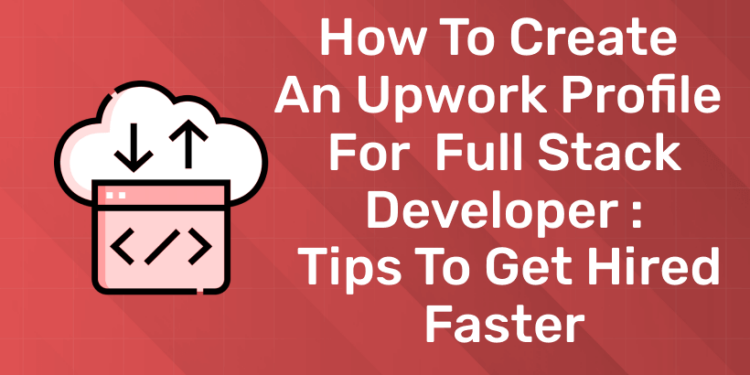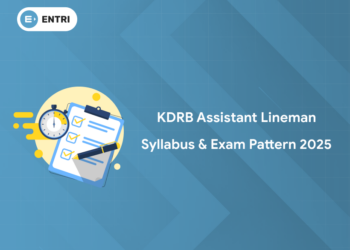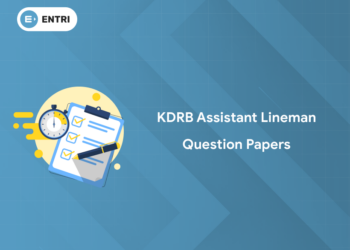A professional profile can be essential to your success on Upwork. It’s your introduction to potential customers, an important opportunity to attract attention and stand out from the competition, not only for your offerings but also for your prospects can explore your profile. Many clients search for freelancers with the skills they need and invite them to view their job postings; It’s a proactive approach that can help companies meet their project needs more quickly and successfully. Completing your profile does more than just give customers the information they need. This also helps Upwork serve you more relevant projects and is essential if you want to achieve Rising Talent or Top Rated status.
“Experience the power of our full stack development course with a free demo – enroll now!”
In this article, we’ll look at:
- how to use each section of your resume to showcase your skills
- tips for choosing a professional profile photo
- ways to show off your expertise
- how to create a Featured Introduction Video
- Tips on Showcasing Your Best Work
- Tips on Listing Your Certifications
- The Importance of Including Your Work History
- How to Integrate Education your and other experience
- Additional tips to consider when reviewing your resume
But what does a top resume look like?
Start your profile by choosing the job categories that best match your skills. Set an hourly rate that reflects your skills and experience level. You can search Upwork to see what similar freelancers charge. Then consider these tips to help improve your resume and ensure it best represents your experience and expertise.
1. Use each section of your resume to showcase your skills
Upwork has a long list of standardized skills that can help you quickly identify your strengths and make connections you with related projects. These skills also make it easier for customers to find you, so they should reflect your expertise and expertise: Only claim and list skills that you can save to a in other sections of your profile, such as your work or professional history, your portfolio, your training, or certifications.
Example: Skills section for a freelancer in Translations (Yufei F., Martinsburg/WV)
List up to 10 most relevant skills based on the projects you are looking for (the more the better) and move the cards around so they appear in order of importance. If you have multiple career interests (for example, data analysis and accounting), indicate the number of skills that correspond to your interests for each type of project. (If an important skill is missing from the skill pool, please add it as a suggestion).
As you develop your skills or add new skills, update your skill tag for appropriate and retire old skills as they become obsolete.
Pro Tip: Note the skills and keywords that prospects include when considering interesting projects. You may find that customers in your industry are searching for freelancers based on the service they want (e.g.
logo creation, web design) rather than the tools needed (e.g. Adobe Illustrator, Adobe Photoshop).
“Experience the power of our full stack development course with a free demo – enroll now!”
2. Choose a professional profile photo
With a sample full-stack developer job description in hand, it’s time to write that job post. While you don’t need a full job description like you would when hiring an employee, try to provide enough detail to let the contractor know if he or she is the right person for the job on the project.
“Experience the power of our full stack development course with a free demo – enroll now!”
Here are some factors to consider when writing your job description:
1. Determine the type of Full-Stack Developer you need
Full-Stack Developer including technology web front-end and back-end. Front-end web programming languages such as HTML, CSS and JavaScript are commonly used but there are a lot of variations when it comes to back-end technology. They can be supported by many programming languages including PHP, Ruby, Python, Java, C# and .NET. It is important that you find a full-stack developer who is familiar with the back-end technologies used to develop your website.
2. Employee vs. independent contractor vs. Agency
Full-stack developers can be hired internally, contracted through an agency, or hired independently as freelancers. A freelance full-stack developer can specialize in one area and be hired to fill a unique talent gap on your team. An agency will have a comprehensive development team that can help you with many different aspects of your development needs. It all depends on how precisely you want to address your talent recruitment needs. Classifying workers can be complicated, so see our Compliance Services resource page for more information.
3. Experience
The more experience a full-stack developer has, the more capable they are of performing complex tasks for your business. A junior full-stack developer may only be tasked with working on layout and design or fixing bugs in existing code. You can also consult with a senior full-stack developer to help you design and implement software and database design patterns for new projects.
The scope of your project will determine the type of experience needed for the position.
4. Industry
Full-stack developers work within a larger software development community. Full-stack developers specialize in web development, but these same web technologies now power many applications that run on smartphones and tablets. Full-stack developers often specialize in a specific set of tools and back-end programming languages. Each language has its own ecosystem of software frameworks and libraries that help developers write software faster.
Next steps
Now that you know how to write an effective full-stack developer job description, you’re ready to check out our list of the best full-stack developers on Upwork .
Their qualifications are listed alongside their experience, giving you all the information you need to find the right person for you.





 Example: Certifications section for freelancer in Data Science
Example: Certifications section for freelancer in Data Science







